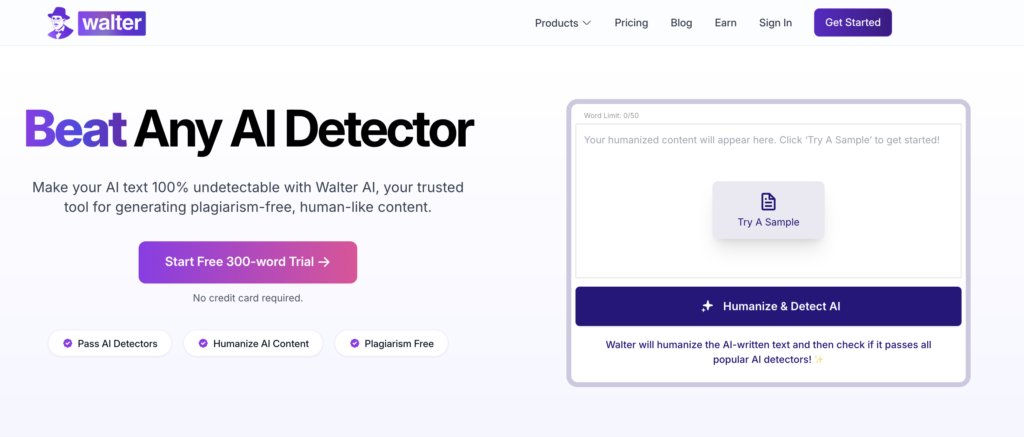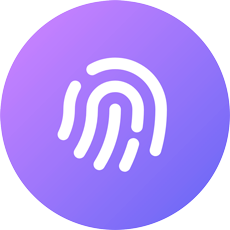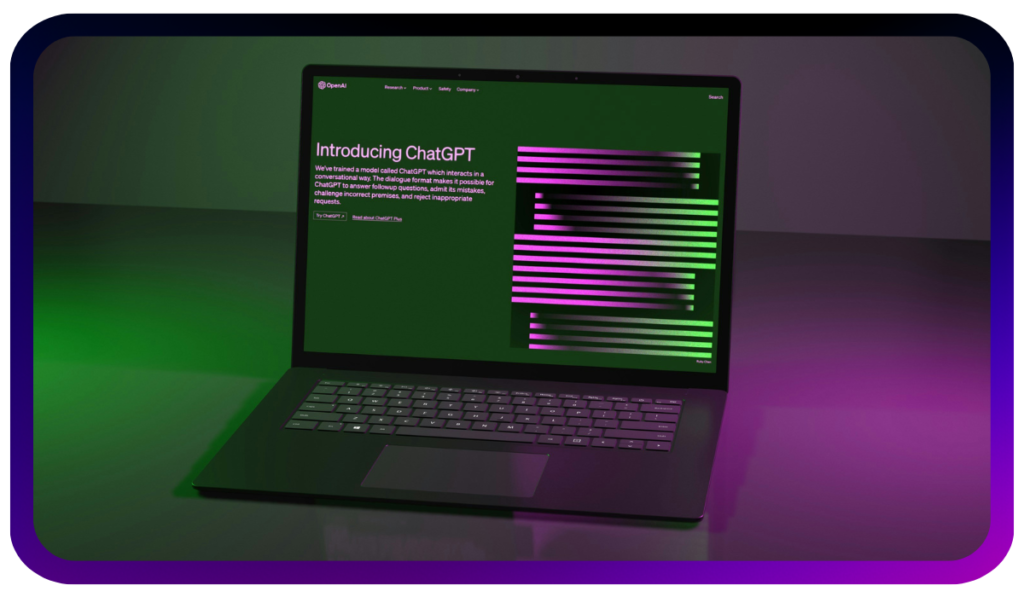It started as a whisper in staff meetings: “Have you heard of ChatGPT?” Then, all at once, it became the elephant in the room. Students were turning in papers that just felt…off. The grammar was perfect, the tone flat, and when you asked them to explain their argument in person, things didn’t quite line up.
If you teach writing, you’ve probably seen this happen more than once over the past year.
The natural response? Crack down. AI detection tools popped up in classrooms and grading software almost overnight. And while it makes sense—we want to protect academic integrity—there’s a bigger opportunity we might be missing.
What if we didn’t treat AI as the villain in our classrooms?
What if, instead, we used it as a doorway to better teaching?
Because here’s the truth: AI isn’t going anywhere. Our students will grow up in a world where these tools are part of their daily lives. So, rather than turning our classrooms into AI-free zones, maybe we can use this moment to help them write with more purpose, more voice, and more authenticity than ever before.
What AI Detection Tools Do (and Don’t) Tell You
Let’s clear the air a bit. AI detection tools aren’t magic. They don’t “catch” students in the act of cheating. They don’t prove anything definitively. What they offer is a kind of digital intuition—a guess, based on patterns in the writing.
Scores and Signals
These tools analyze how a piece of writing “feels” to a computer. Is it too consistent? Too grammatically perfect? Lacking in variation or emotion? If so, it might raise a red flag. The detector will often show a score, like “85% AI-generated,” or highlight sentences that seem machine-like.
But here’s the catch: that number isn’t absolute.
It’s not telling you what happened—it’s telling you what might have happened.
It’s like using a metal detector. You’ll know something’s under the surface, but you still have to dig.
Common Misinterpretations
A multilingual student submits an essay written in a very formal style, and suddenly it gets flagged as “likely AI-generated.” Another student, who’s naturally quiet and writes in a very structured way, gets a similar result. But neither of them used AI at all.
Then there’s the flip side. Some students do use AI, but they clean up the output just enough to sneak past the detection.
All of this is to say: we can’t rely solely on the score. It’s one data point. One signal. And as educators, you need to bring our own insight and context to the table before jumping to conclusions.
Using Detectors to Teach Writing Skills
Now, here’s where things get exciting. What if we didn’t just use these tools to catch students, but to coach them?
Teaching Voice, Tone, and Argumentation
When flagged writing comes up in a review session, the conversation doesn’t begin with accusations like “Did you use AI?” Instead, it starts with questions like: “How does this piece feel? Does it sound authentic to the writer?”
Often, the answer is no.
That moment opens the door for real learning.
It becomes a voice conversation—what it means to bring individuality into writing. Tone and rhythm are explored. There’s a look at whether the argument holds weight or if it relies too heavily on vague generalities.
A flagged paragraph becomes a starting point, not for blame, but for rebuilding and refining the work.
And the truth is, most students welcome that kind of feedback. They want their writing to sound like them. They just haven’t always been shown how to get there.
Self-Editing & Feedback Loops
Another approach is: let students use the detector themselves before they turn in their final draft.
You can build this right into your process:
- Write your draft
- Run it through the detection tool
- Reflect and revise
When students see their own work being flagged, it’s often a lightbulb moment. They start noticing when their writing drifts into autopilot mode. They realize how often they lean on filler phrases or overly formal structure. And then, they get to fix it.
That’s real growth. And it builds habits that go far beyond any essay.
Tools That Support Instruction Over Punishment
Of course, the tools you use matter. Some are designed to “bust” students. Others are designed to help them.

Walter Writes AI as a Teaching Assistant
Walter Writes AI stands out because it’s not just about detection—it’s about development.
Here’s how it works: a student runs their writing through Walter. If parts of the essay sound too much like AI, Walter offers suggestions to rewrite them. Not to “hide the AI”—but to strengthen the voice, tone, and clarity of the message.
Walter’s not there to police. It’s there to guide.
And when students use it in the revision phase, it becomes a writing partner—nudging them toward better, clearer, more personal work.
👉 Use Walter Writes AI in the classroom to support ethical writing improvement and encourage deeper learning.
Classroom Use Cases
You don’t need to overhaul your curriculum to integrate AI detection tools. A few small shifts can make a big difference.
Try adding a short reflection section to writing assignments. Ask questions like:
- “Did you use any writing tools during this process?”
- “What part of the essay did you struggle with the most?”
- “If you revised your draft after using a detector, what did you change?”
This normalizes transparency. It opens up space for honest discussion. And it encourages students to think about how they’re writing—not just what they’re turning in.
Peer Review Using AI Feedback
You can also bring detection tools into peer review sessions. Have students:
- Swap drafts
- Run them through an AI detector
- Discuss the flagged areas—not to judge, but to ask: “What’s missing here?” or “How could this sound more like you?”
It creates a collaborative, low-stakes environment where everyone gets better.
Grading with Rubrics + Detection Insights
If a student scores well on organization and content, but parts of the writing feel generic or flat, and the detector agrees… that’s a teaching moment.
You might say: “You’ve got strong ideas here—let’s work on making them sound more you. Can we rewrite this intro to reflect your own voice a bit more?”
It’s not about penalizing. It’s about refining.
Ethical Considerations: Privacy, Fairness, Student Growth
All of this only works if we’re using AI tools responsibly.
Data Privacy & Transparency
Be clear with your students. Let them know:
- Which tools you are using
- What data is being stored (if any)
- How will the results be interpreted
Students deserve to understand the process. And when they do, they’re more likely to engage with it honestly.
Avoiding Bias and Assumptions
A student who writes in a second language, or who’s on the autism spectrum, might write in ways that detection tools don’t “expect.” Their work might be flagged unfairly—and that’s on us to notice.
So keep your judgment open. If something gets flagged, ask questions. Have a conversation. Look at the big picture.
Supporting Student Growth
At the end of the day, the goal is growth. Writing is hard. Being vulnerable on the page is hard. And AI detection should never shame a student into silence.
Use it as an invitation: “Let’s dig into this together. Let’s figure out how you can say what you mean—and say it in your own voice.”
That’s the kind of teaching that sticks.
FAQs
Nope. They can’t confirm authorship—only show that certain writing resembles AI patterns.
Tools like Walter Writes AI give students actionable feedback. They help revise awkward or robotic-sounding text into something more natural and personal.
Yes—when it’s done with transparency, fairness, and student growth in mind. It’s all about how you frame it.
Conclusion
AI doesn’t have to be a threat to learning. It might be one of the best teaching opportunities we’ve had in years—if we use it right.
Because in the end, writing isn’t about tricking a detector. It’s about telling the truth in your own words.
👉 Explore how Walter Writes AI can help your students write stronger, more authentic content today.









